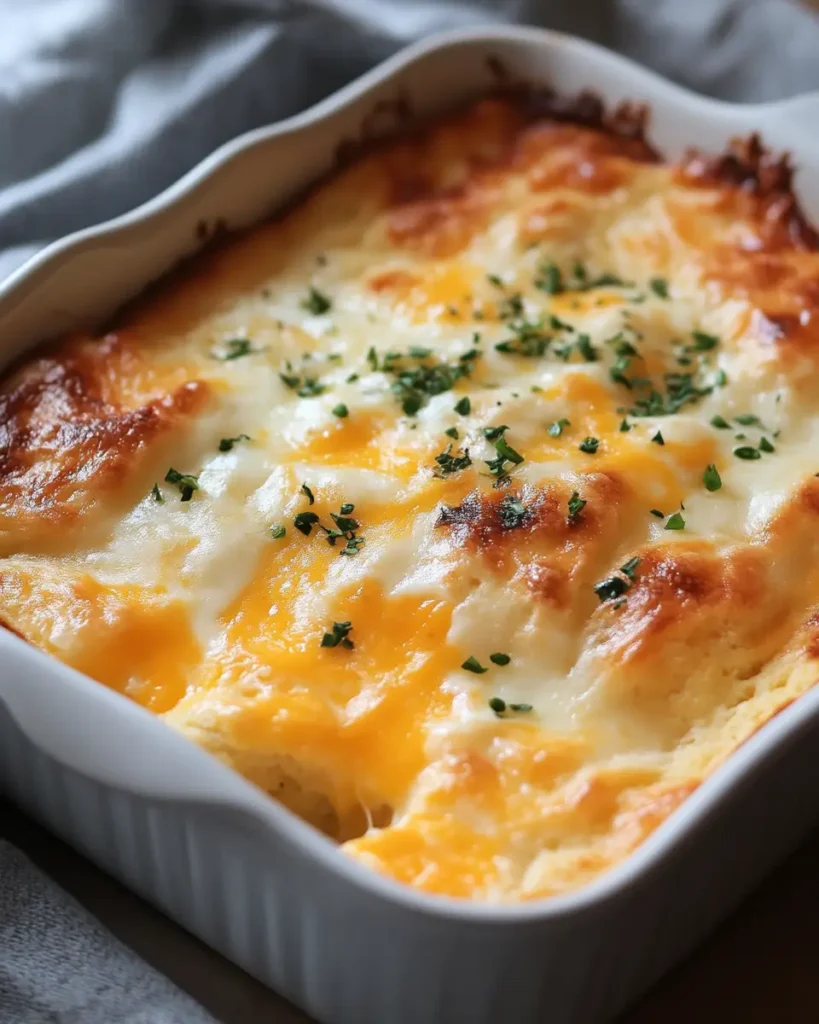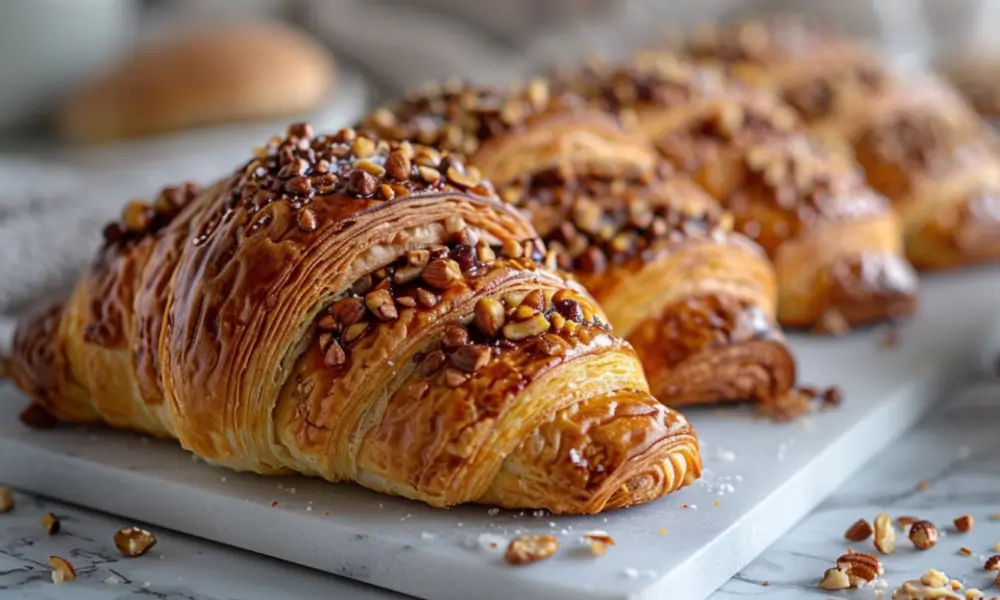Nussgipfel is a classic Swiss treat loved by locals and visitors alike. It’s not just a dessert, it’s a cultural icon that reflects the rich culinary traditions of Switzerland. If you have ever visited Switzerland or want to experience its unique flavors at home, understanding what a Nussgipfel is and how to make it can be truly rewarding. Let’s dive into the world of this delightful nut-filled creation and explore everything about it, from its origins to how you can enjoy it today.
What Makes Nussgipfel Unique?
The Nussgipfel is more than just a snack—it’s a symbol of Swiss tradition. This crescent-shaped delight is typically made from buttery dough and filled with a rich nutty mixture, creating a perfect harmony of flavors and textures.
- It’s perfect for breakfast, an afternoon pick-me-up, or a light dessert.
- The nutty filling, often made with hazelnuts or almonds, gives it a unique flavor profile.
- It’s widely available in Swiss bakeries, making it a staple for locals and tourists alike.
The Origins of the Nussgipfel
The Nussgipfel has its roots in Swiss-German culinary traditions. While its exact origins are debated, its evolution is tied to the European love for crescent-shaped baked goods.
- Cultural Significance: In Switzerland, the crescent shape symbolizes prosperity and celebration.
- Inspiration from Other Regions: Similar pastries, such as the Austrian Nusskipferl, might have influenced its development.
- A Treat for All Occasions: Over time, the Nussgipfel became a favorite treat for both special occasions and everyday indulgence.
How to Make Nussgipfel at Home
The Key Ingredients That Make Nussgipfel Irresistible
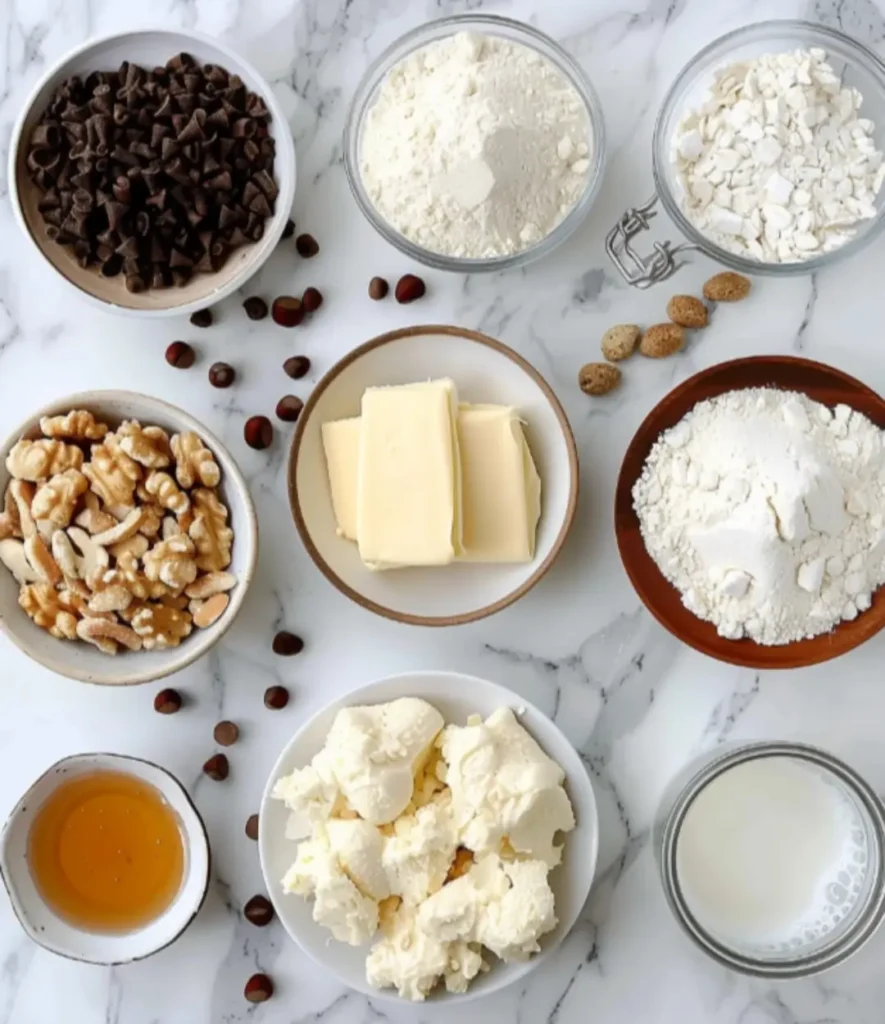
A true appreciation for Nussgipfel starts with understanding the ingredients that bring this Swiss pastry to life. Every component, from the buttery dough to the rich nutty filling, plays a crucial role in creating its signature taste and texture. Whether you’re making it from scratch or using a shortcut with puff pastry, the result is a golden, flaky treat that’s hard to resist.
The Dough – The Foundation of Flakiness
A well-made dough is the backbone of any great Nussgipfel. It needs to be light, crisp, and slightly chewy, providing just the right contrast to the creamy filling inside. Depending on your preference, you can go the classic route with a yeast dough or use puff pastry for a more delicate texture.
- All-purpose flour – The main structure-builder, giving the pastry its bite.
- Unsalted butter – The secret to those flaky layers and rich, melt-in-your-mouth goodness.
- Milk or water – Helps bind the ingredients and activates the yeast if you’re making a yeast-based dough.
- Sugar – A subtle sweetness that enhances the overall flavor.
- Yeast or puff pastry sheets – Yeast creates a softer, slightly airy texture, while puff pastry gives that signature crispiness.
The Filling – A Nutty, Sweet Center
What sets Nussgipfel apart is its lusciously rich nut filling, packed with warm, toasty flavors. The mixture is smooth, slightly sweet, and deeply aromatic, making every bite indulgent yet balanced.
- Ground hazelnuts or almonds – The heart of the filling, bringing a rich nuttiness and natural sweetness.
- Sugar or honey – A touch of sweetness to complement the earthy flavor of the nuts.
- Cream – Adds moisture and helps create a smooth, spreadable consistency.
- Optional: cinnamon, vanilla, or orange zest – These little extras add depth, warmth, and a hint of citrusy brightness.
Finishing Touches – Because Details Matter
While a freshly baked Nussgipfel is delicious on its own, a few finishing touches can make it even better. Some bakers like to dress up their pastries for a little extra sweetness and texture.
- Chocolate drizzle – A light drizzle of melted chocolate adds a decadent touch.
- Powdered sugar dusting – A simple way to give the pastry a bakery-style look and an extra hint of sweetness.
- Light glaze – A thin sugar glaze adds shine and a delicate crunch when it sets.
No matter how you choose to make it, Nussgipfel is a treat that delivers on flavor, texture, and pure indulgence. Whether served with coffee, as a mid-day snack, or a sweet end to your meal, this nutty Swiss delight never disappoints!
Step-by-Step Guide
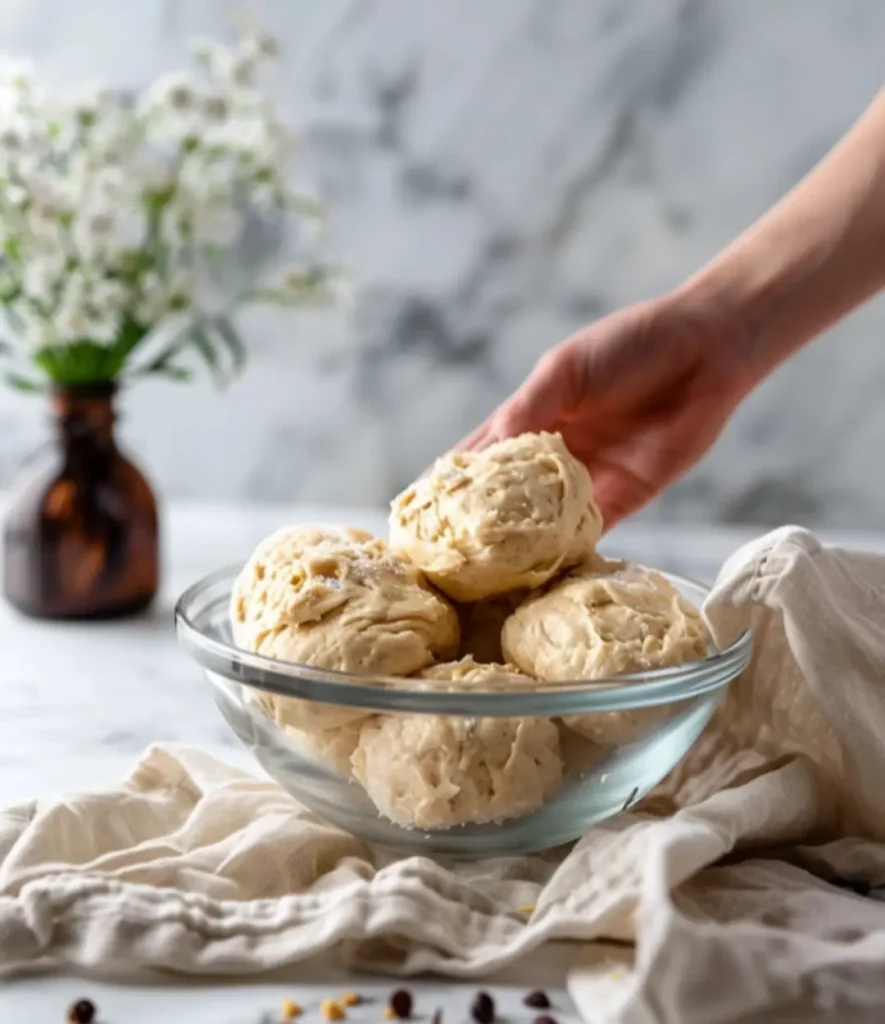
Making Nussgipfel at home is not only a rewarding baking experience but also a wonderful way to enjoy this Swiss classic fresh from your own kitchen. The combination of flaky pastry and rich, nutty filling makes it an irresistible treat, perfect for breakfast, dessert, or a coffee break. Follow this simple step-by-step guide to create your own batch of delicious Nussgipfel.
Step 1: Prepare the Dough
A good dough is the foundation of any great pastry. It should be buttery, light, and easy to work with to create that signature flaky texture.
- Mix dry ingredients – In a large mixing bowl, whisk together all-purpose flour, sugar, and yeast to evenly distribute the ingredients.
- Incorporate butter – Cut cold, unsalted butter into small cubes and rub it into the flour mixture until it resembles coarse crumbs.
- Add liquid ingredients – Gradually pour in warm milk or water, mixing continuously until a smooth, pliable dough forms. If it feels too dry, add a splash more liquid; if too sticky, sprinkle in a little extra flour.
- Chill the dough – Wrap the dough in plastic wrap and refrigerate for at least 30 minutes. This step helps firm up the butter, making the dough easier to roll out later.
Step 2: Make the Nut Filling
The heart of Nussgipfel is its fragrant, nutty filling, which should be smooth, rich, and just the right level of sweet.
- Choose your nuts – Traditionally, hazelnuts or almonds are used, but you can also try walnuts or pecans for a twist.
- Mix the ingredients – In a bowl, combine ground nuts, sugar or honey, and cream. Stir until the mixture becomes spreadable.
- Enhance the flavor – Add a pinch of cinnamon, vanilla extract, or orange zest for extra warmth and depth.
Step 3: Shape the Pastries
Now comes the fun part—assembling your Nussgipfel!
- Roll out the dough – Lightly flour your work surface and roll the chilled dough into a thin sheet (about 1/8 inch thick).
- Cut into triangles – Using a sharp knife or pizza cutter, slice the dough into evenly sized triangles. The base of each triangle should be wide enough to hold a generous amount of filling.
- Fill the pastries – Spoon a small amount of the nut filling onto the wide base of each triangle.
- Roll into crescents – Starting from the base, gently roll the dough towards the tip, ensuring the filling stays inside. Curve the edges slightly to create the classic crescent shape.
Step 4: Bake the Nussgipfel
- Preheat your oven – Set your oven to 375°F (190°C) and line a baking sheet with parchment paper.
- Arrange the pastries – Place the shaped crescents on the baking sheet, leaving a little space between them.
- Bake until golden – Bake for 15-20 minutes, or until the pastries turn a beautiful golden brown.
- Cool and finish – Allow the Nussgipfel to cool slightly before adding any finishing touches.
Step 5: Add the Final Touches
While Nussgipfel is delicious as is, a little extra decoration can make it even better:
- Dust with powdered sugar – A light sprinkle of powdered sugar gives the pastries an elegant bakery-style look.
- Drizzle with chocolate – Melted chocolate drizzled over the top adds a rich, indulgent touch.
- Brush with glaze – A simple sugar glaze (made from powdered sugar and a little milk) enhances sweetness and shine.
Enjoy Your Homemade Nussgipfel!
Once cooled and decorated, your homemade Nussgipfel is ready to be enjoyed. Serve it with a hot cup of coffee or tea, and savor the perfect balance of buttery dough, nutty filling, and sweet finishing touches. These pastries also make a lovely homemade gift or a delightful addition to any brunch spread.
Baking your own Nussgipfel may take a little time, but the result is well worth the effort—a flaky, nut-filled treat that brings a taste of Switzerland right to your kitchen!
Tips for Perfecting Your Nussgipfel
If you want your homemade Nussgipfel to stand out, follow these helpful tips:
- Use Quality Ingredients: High-quality butter and fresh nuts make a noticeable difference.
- Don’t Overfill: Too much filling can cause the pastry to burst during baking.
- Chill the Dough: This step is crucial for achieving the perfect flaky texture.
- Experiment with Flavors: Add a touch of orange zest or vanilla to give your filling a unique twist.
Variations of Nut-Filled Treats
While the Nussgipfel is distinctly Swiss, other countries have their own versions of nut-filled delights:
- Austrian Nusskipferl: Similar in shape and ingredients but often sweeter.
- German Mandelhörnchen: Made with almond paste and dipped in chocolate.
- French Almond Croissants: Flaky pastries filled with almond cream.
Each variation offers a unique take on the combination of nuts and buttery dough.
Pairing Ideas for Nussgipfel
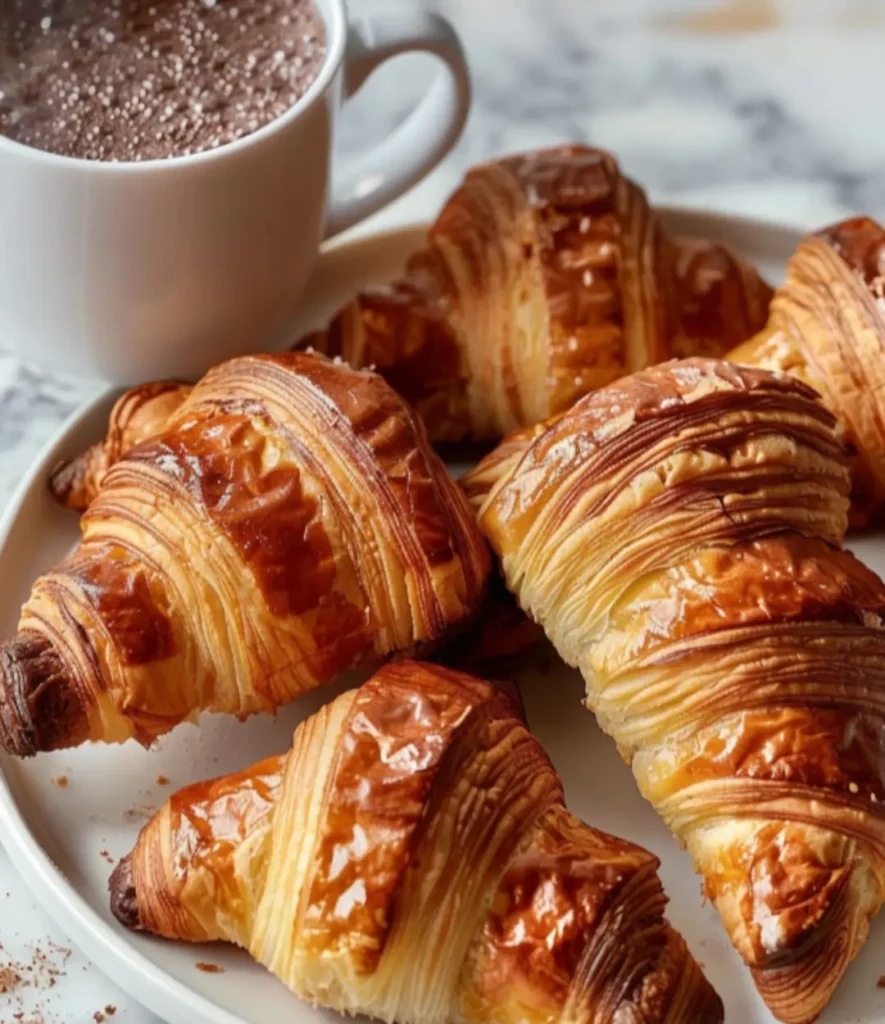
The Nussgipfel is versatile and pairs well with many beverages and accompaniments:
- Coffee or Espresso: A classic pairing that balances the nutty sweetness.
- Hot Chocolate: Perfect for colder months or as a dessert drink.
- Fruit Jams or Preserves: Adds a touch of tartness to complement the rich filling.
Where to Find Authentic Nussgipfel
If you’re not ready to bake your own, you can find authentic Nussgipfel in Switzerland’s many bakeries and cafes. Some of the best places include:
- Zurich: Try family-run bakeries in the Old Town.
- Basel: Known for artisan patisseries.
- Bern: Enjoy freshly made Nussgipfel in cozy Swiss cafes.
The Popularity of Nussgipfel in Switzerland
The enduring appeal of Nussgipfel lies in its ability to bring comfort and joy to anyone who tries it. Here are some reasons why it’s so beloved:
- A Morning Staple: Commonly enjoyed with a cup of coffee.
- Affordable Treat: Available at most bakeries and supermarkets.
- Perfect for Sharing: Its rich flavors make it a hit at gatherings and events.
Fun Facts About Nussgipfel
- Origins of the Shape: The crescent shape is thought to symbolize prosperity.
- Popular for Travelers: Found in Swiss train stations, it’s a favorite snack for commuters.
- Customizable Recipes: Families often add their own twists, such as using different nuts or flavorings.
FAQs About Nussgipfel
What is a Nussgipfel?
It’s a crescent-shaped treat filled with a nut mixture, popular in Switzerland.
Can I freeze Nussgipfel?
Yes, freeze them after baking and reheat when needed.
How long does Nussgipfel stay fresh?
It’s best enjoyed fresh but can last 1-2 days when stored in an airtight container.
What nuts are best for the filling?
Hazelnuts and almonds are traditional, but walnuts or pecans work well too.
Can I make it vegan?
Yes, substitute plant-based butter and cream to make a vegan version.
Explore More Sweet Inspirations
Exploring the Nussgipfel opens up a world of delightful pastries. If you’re interested in more unique dessert recipes, consider trying the Brookie Cookie—a perfect blend of brownie and cookie. For a gourmet experience, the Crab Brulee offers a sophisticated twist. These recipes, along with the Nussgipfel, showcase the diverse and delicious offerings you can create in your kitchen.
Conclusion
The Nussgipfel is more than a treat; it’s a connection to Swiss culture and culinary artistry. Whether you’re baking it at home or enjoying one from a bakery, its rich nutty flavor and flaky texture are sure to delight. Add your own twist to this timeless creation, and don’t forget to share your experience with friends and family. Who knows, it might just become your favorite sweet indulgence!
